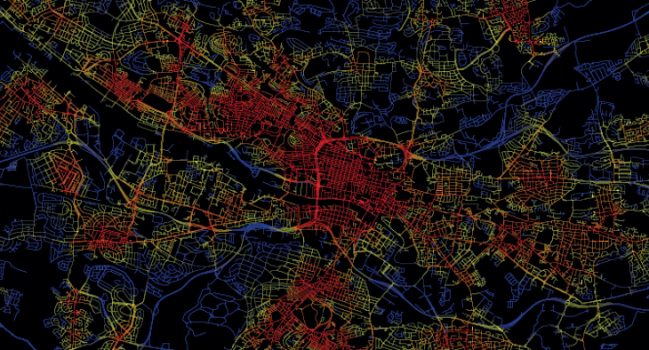A central place has one special feature to offer to those who live or work in a city: easy accessibility from immediate surroundings and more distant places. Accessibility may be transformed into visibility and popularity. Therefore, a central place tends to attract more customers and has a greater potential to develop into a social catalyst. Important landmarks such as museums, theatres or office headquarters favour the central locations. A more central location commands a higher real estate value and is occupied by a more intensive land use. Central locations in an urban area have the potential to sustain higher densities of retails and services, and are a key factor for supporting the formation and vitality of urban “nodes”.
Activities in this Analysis Package belong to just one consistent set of tasks. To complete this set of analysis, you will need to learn about some fundamentals of network analysis and of Multiple Centrality Assessment (MCA), an analytical model for centrality assessment, that implements, in a spatial environment, an approach typical of physics of complex networks (Boccaletti et al, 2006), offering a new interpretation of structural properties of urban spaces for planning and design.
by
Berkay Gebitekin, Emma Poulton, Jakub Fraczek, Shinjini Basu


